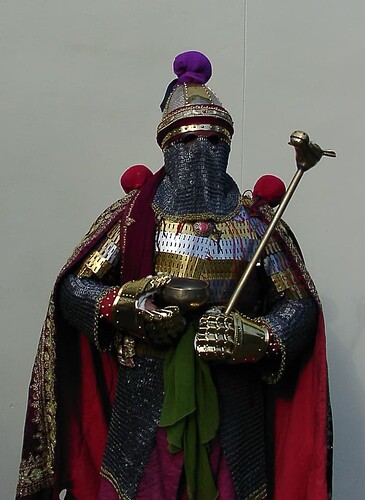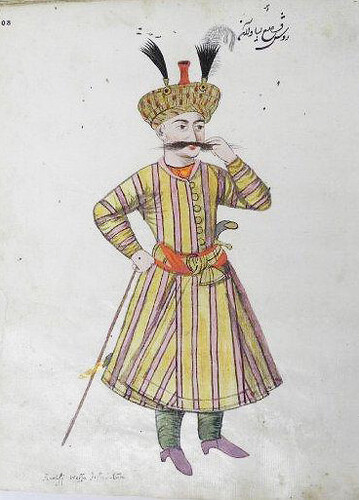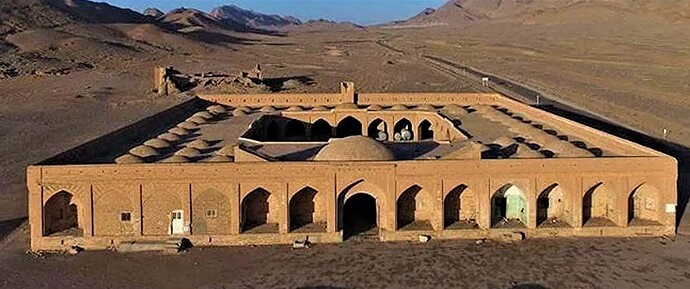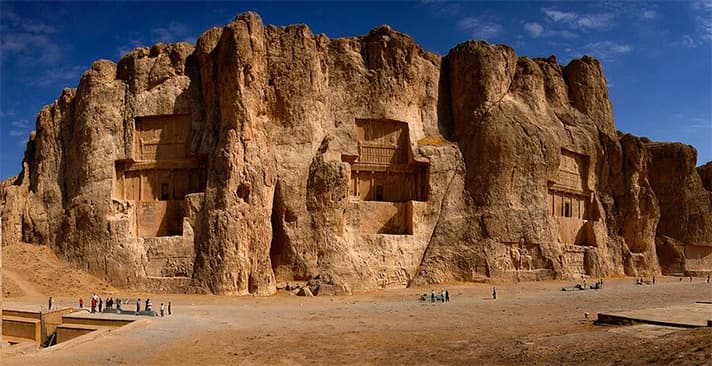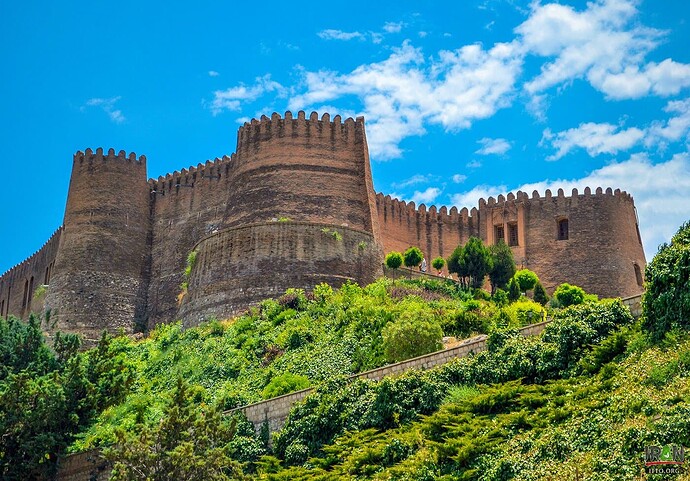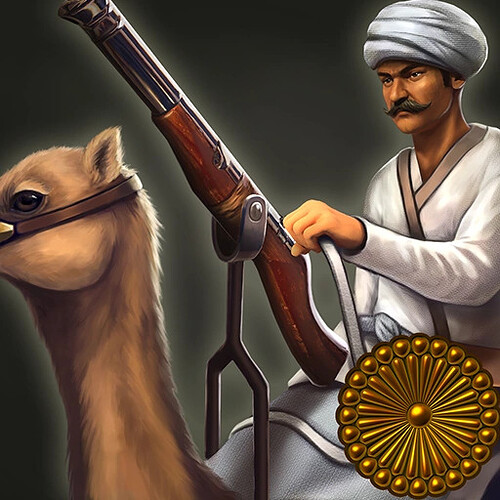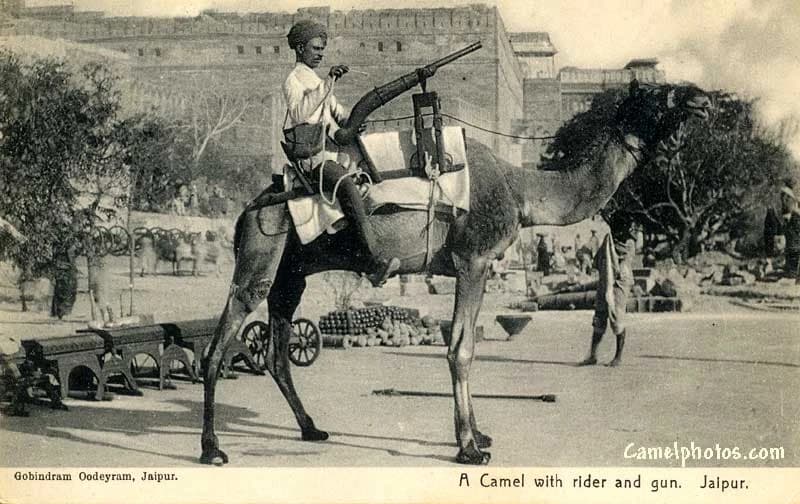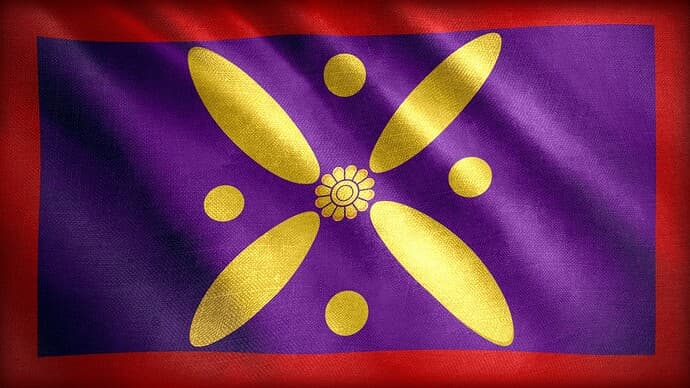Hi there. So, in this topic, I’m discussing the Persians as a proposed future civilization to be added in the future. Anyways, here’s some proposed flags:
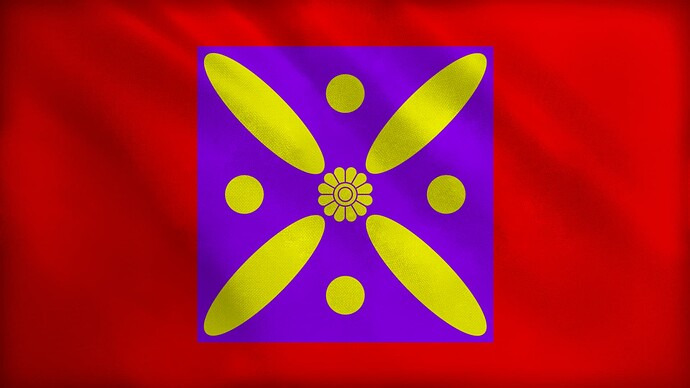
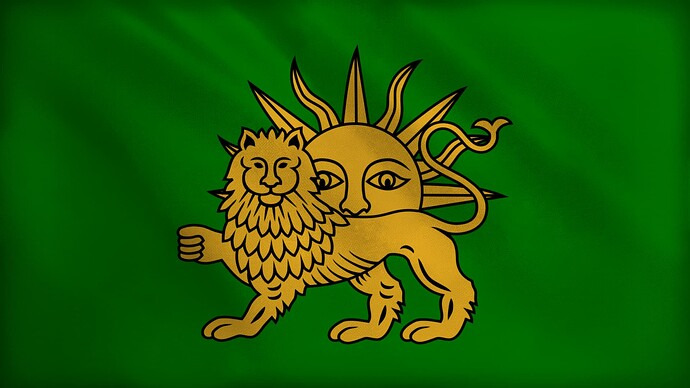
The Persians are a civilization, representing the namesake civilization within modern-day Iran. In the late antiquity to the early middle ages, the Sasanian Empire ruled over Persia and other areas influenced by the Persians. However, after the Islamic conquest of Persia, the Sasanian Empire would ultimately collapse and be replaced by various medieval dynasties of Persia and the indigenous religion, Zoroastrianism would be severely declined due to the majority populus becoming Muslim after the conquest.
- Year span: 498-1599 CE
- Civilization type: Culture, Trade, Dynasties
- Difficulty: 3/3
Bonuses:
- Villagers cost -40% food and have +1 melee armor point but have 25% slower workrate.
- Early Lancer available in the Feudal Age.
- Landmarks can garrison villagers with each garrison villager increasing the HP of the Landmark by 2% but if the Landmark is below it’s original HP and the villagers are no longer garrisoned, the Landmark stays with 1 HP.
Influence: Town Centers and Caravanserais let nearby houses generate gold.
How the Dynasty system works: If a Dynasty is unlocked, houses that are within the influence generate gold slightly faster for each Dynasty unlocked. Some Dynasties will also unlock certain units and techs. These are following Dynasties that can be unlocked:
- Qarinvand Dynasty (Choice 1 available in the Dark Age and requires 2 Dark Age buildings to get access)
- Bavandid Dynasty (Choice 2 available in the Dark Age and requires 3 Dark Age buildings to get access)
- Baduspanids (Choice 1 available in the Feudal Age and requires 2 Feudal Age buildings to get access)
- Samanid Dynasty (Choice 2 available in the Feudal Age and requires 3 Feudal Age buildings to get access)
- Buyid Dynasty (Choice 1 available in the Castle Age and requires 1 Castle Age building to get access)
- Khwarazmian Dynasty (Choice 2 available in the Castle Age and requires 2 Castle Age buildings to get access)
- Kar-Kiya Dynasty (Choice 1 available in the Imperial Age and requires 3 Castle Age buildings)
- Safavid Empire (Choice 2 available in the Imperial Age and requires the Madrasa)
Unique units:
-
Dailamite Warrior - Medium melee infantry unit that is armed with a battle axe and javelin and can form a wall with their shield if Dailamite Formation is researched. Strong against other infantry units but weak against cavalry. Available at the Barracks starting in the Feudal Age.
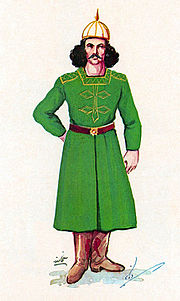
-
Dehqan - Economic unit that collects tax from Mills and can help nearby villagers carry +5 of each resource. Available at the Town Center starting in the Dark Age.
Note: Wasn’t able to find an image of a Dehqan. So, no image of it. -
Ispahbed - Medium melee cavalry unit that has an attack good against ranged infantry and light cavalry but weak against heavy cavalry and the Spearman. Available at the Stable starting in the Feudal Age and can be unlocked with the Bavandid Dynasty.
-
Sardar - Cavalry leader that has the ability to have nearby military units attack 50% faster for 10 seconds. Available at the Keep if either of the two Imperial Age dynasty options are unlocked.
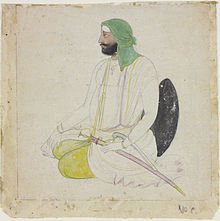
-
Qurchi - Heavy melee infantry unit that can take out light infantry unit while they hardly can take out other heavy melee infantry unit. Available at the Barracks if the Safavid Dynasty is unlocked.
Unique buildings:
-
Agiary - Religious building that can inspire nearby units with slightly faster gathering rate (villagers) and 15% faster attack rate (military units). Relics can be placed into this building. Can be constructed in the Dark Age.
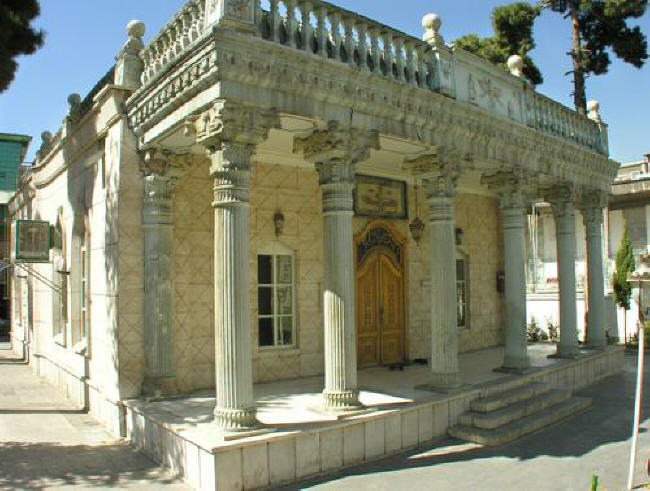
-
Caravanserai - Economic building that let’s passing traders receive a speed boost while also dropping off +25 of a resource you designate the Caravanserai to generate. Can be constructed in the Dark Age.
Unique technologies:
- Qanats - Docks are capable of storing stone. Available at the Dock starting in the Dark Age.
- Defense Lines - Walls are constructed 80% faster. Available at the Rayen Castle starting in the Feudal Age.
- Dailamite Formation - Dailamite Warriors are given the ability to form a wall with their shield. Available at the Rayen Castle starting in the Feudal Age.
- Dah-Bashi - First military building spawns 10 random military units. Available at the Rayen Castle starting in the Castle Age if either of the Castle Age dynasties are unlocked.
- Kamandaran - Archers are 15% cheaper. Available at the Archery Range starting in the Feudal Age.
- Pearls of the Persian Gulf - Fishing boats get extra gold every time they return with fishes, which is equal at 20% of the resources deposited. Available at the Dock starting in the Feudal Age.
- Khorasan Road - Traders are 50% cheaper to create. Available at the Caravanserai starting in the Castle Age.
- Mahouts - Elephant units move 25% faster. Available at the Blacksmith starting in the Castle Age.
- Mounted Lookouts - All cavalry units (including Elephants) gain +2 LOS. Available at the Stable starting in the Castle Age.
- Mysticism - Religious units slowly regenerate hitpoints. Available at the Mosque starting in the Castle Age.
- Higher Education - Madrasas become affected by the influence. Available at the Caravanserai starting in the Imperial Age.
- Achaemenid Legacy - Wood and Gold can be stored at Madrasas. Available at the Town Center starting in the Imperial Age.
- Clibanarii Fortitude - Cavalry have +2 melee armor and +2 ranged armor. Available at the Stable starting in the Imperial Age.
- Sasanian Preservation - Relics can be stored into Landmarks while relics stored in Agiaries and Mosques generate 50% faster. Available at the Madrasa.
- Cultural Orientation - Town Centers and Caravanserais have +3 Influence range. Available at the Madrasa.
- Persian Recruitment - Persian unique units (excluding the Dehqan) are created 50% faster. Available at the Blacksmith starting in the Imperial Age.
- Enhanced Weaponry - All existing non-gunpowder ranged infantry become Hand Cannoneers and gunpowder units are created 25% faster. Available at the Blacksmith starting in the Imperial Age if the Safavid Dynasty is unlocked.
Landmarks:
-
Bam Citadel - Landmark that acts as a Market and allows the Caravanserai to exchange the drop-off resources for a different kind of resource. Based on the Arg-e Bam.
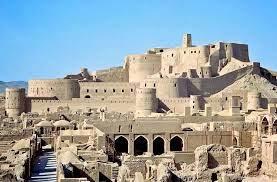
-
Rayen Castle - Landmark that acts as a Blacksmith and houses the Defense Lines technology, the Dailamite Formation technology, and the Dah-Bashi technology. It also increases the production of nearby military buildings by 15%. Based on the building of the same name.
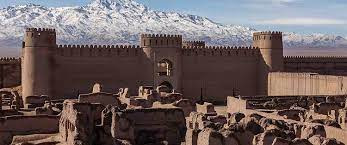
-
Network Temple - Landmark that acts as an Agiary. Let’s nearby religious buildings auto repair and heals a maximum of 5 nearby units almost instantly. Based on the Tappe Mil.

-
Equestrian Necropolis - Landmark that can auto train horse units but at a slower training time. The units being the Horseman, Lancer, and Horse Archer and if the Bavandid Dynasty is unlocked, the Ispahbed also becomes trainable. Based on the Naqsh-e Rostam.
-
Qabus Tower - Landmark that adds 100 gold in possession every 10 minutes and houses certain unique technologies that are 50% cheaper but have 50% slower research rate. Based on the tower in Gonbad-e Qabus.
-
Ardashir Palace - Landmark that acts as a Town Center and Caravanserai. Villagers are created 150% faster. Based on the building of the same name.
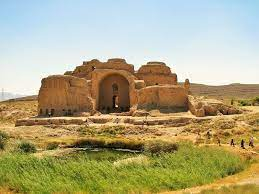
Wonder: Shapur Khast
Units that are expected to become shared units:
- Horse Archer - Ranged cavalry that is to become shared among civilizations that historically used them.
- War Elephant - Melee cavalry that is to become shared among civilizations that historically used them.
- Camel Rider - Melee cavalry that is to become shared among civilizations that historically used them.
New shared unit expected to come into existance:
- Elephant Archer - Ranged cavalry unit where the archer is atop of the elephant and is available to civilizations that historically used military elephants. Delhi Sultanate uses the Tower Elephant instead.
Architecture: Age I would use Sasanian style with Age II using Khorasani style, Age III using Razi style, and Age IV using Isfahani style.
Language: Middle Persian and would evolve into New Persian.
Proposed Stats for each unique unit:
[Deqhan]
- Cost: 100 Food and 50 Gold
- Training time: 20 seconds
- Hitpoints: 75
- Melee armor: 0
- Pierce armor: 0
- Speed: 1.12 tiles/second
- Population cap: 1
[Dailamite Warrior]
- Cost: 80 Food and 45 Gold
- Training time: 20 seconds
- Hitpoints: 90 (Early), 115 (Regular), 130 (Veteran), 145 (Elite)
- Melee Attack: 6 (Early), 8 (Regular), 10 (Veteran), 12 (Elite)
- Fire Attack: 10 (Early), 13 (Regular), 16 (Veteran), 20 (Elite)
- Rate of fire: 1.50 seconds (Battle Axe), 2.00 seconds (Torch), 2.50 seconds (Javelin)
- Melee armor: 0
- Pierce armor: 1 (Early), 2 (Regular), 3 (Veteran), 4 (Elite)
[Qurchi]
- Cost: 90 Food and 40 Gold
- Training time: 21.5 seconds
- Hitpoints: 170
- Melee Attack: 14
- Fire Attack: 19
- Rate of Fire: 1.25 seconds (Sword) and 2.00 seconds (Torch)
- Melee armor: 4
- Pierce armor: 4
- Speed: 1.125 tiles/second
[Ispahbed]
- Cost: 110 Food and 55 Gold
- Training time: 30 seconds
- Hitpoints: 145 (Regular), 190 (Veteran), 225 (Elite)
- Melee Attack: 15 (Regular), 19 (Veteran), 24 (Elite)
- Attack bonus: +5 vs Siege (Torch)
- Rate of fire: 1.48 seconds
- Melee armor: 2 (Regular), 3 (Veteran), 4 (Elite)
- Pierce armor: 2 (Regular), 3 (Veteran), 4 (Elite)
- Speed: 1.70 tiles/second
- Upgrade cost: 100 Food and 250 Gold (Veteran), 300 Food and 700 Gold (Elite)
- Upgrade time: 30 seconds (Veteran), 60 seconds (Elite)
[Sardar]:
- Cost: 150 Food and 150 Gold
- Training time: 35 seconds
- Maximum amount: 1
- Hitpoints: 360
- Attack: 24 (melee), 30 (ranged)
- Fire Attack: 10
- Rate of fire: 2 seconds (melee), 2.15 seconds (ranged), 2.12 seconds (torch)
- Melee armor: 4
- Pierce armor: 4
- Speed: 1.68 tiles/second
Conclusion: Having the Persians be one of the civilizations of Age of Empires IV would be one of the best things because it can explore the medieval era of Persia. Also, the Persian identity did existed in the ancient and medieval times that can be considered parallel to the Chinese identity.
